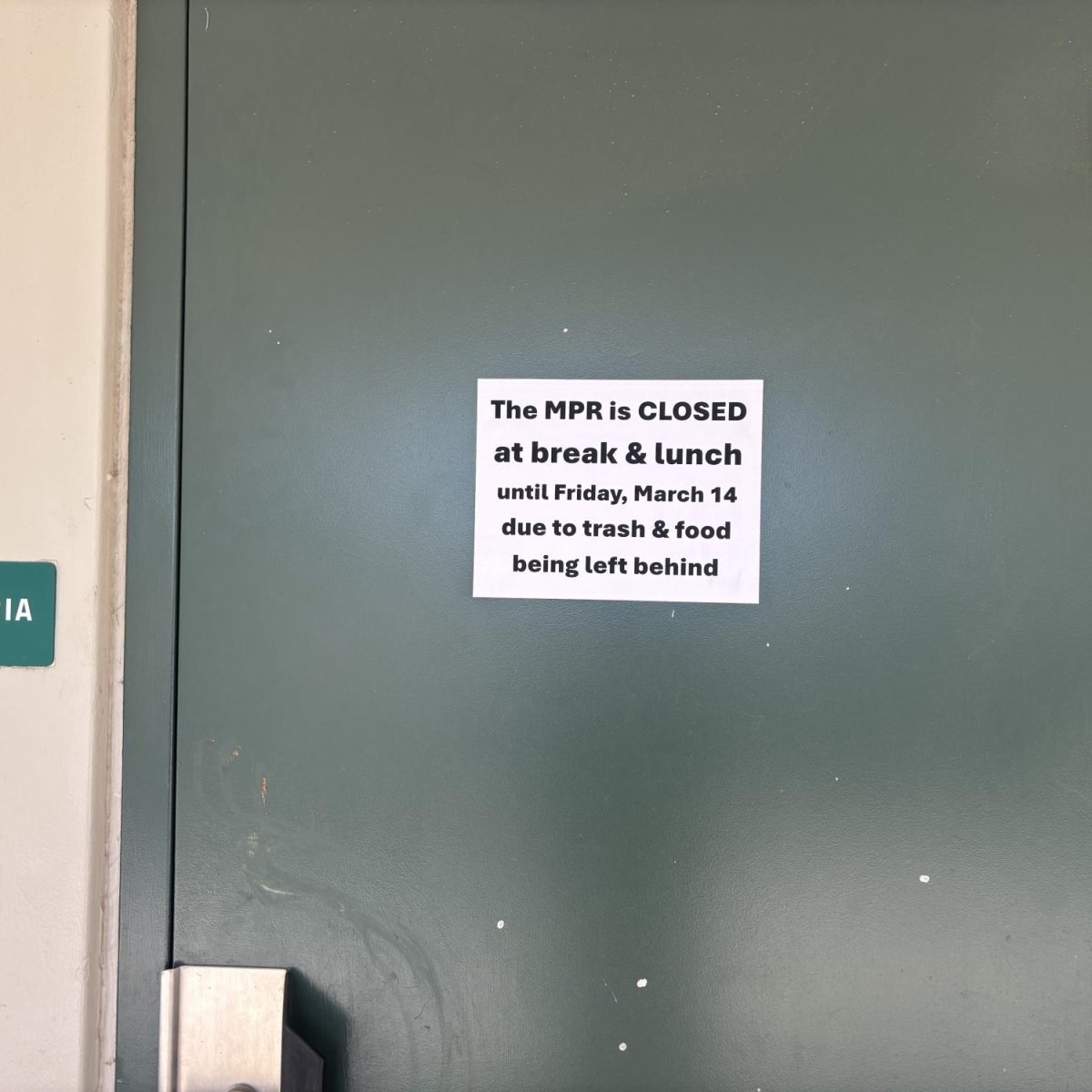Many Lancers students are familiar with the SAT; a paper test with over a hundred questions of varying difficulty. Now, CVUSD is introducing the Digital SAT (DSAT); an online test where the difficulty of the questions is dependent on the students’ performance throughout the exam.
The DSAT will be available to the United States in March 2024, and is said to be an hour shorter than the traditional SAT. Each section of the test — Reading, Writing, and Math — consists of two “modules.” The first module is an assessment of the student’s prior knowledge. The questions in the second module are then based on the student’s performance in the first. If the student does really well on the first module, then the second module will consist of harder questions. If the student does poorly on the first module, then the second module will consist of easier questions.
Audrey Li, a junior who had previously taken the paper version of the SAT, was interviewed on her opinions of this new method of testing.
“I think because the DSAT is shorter and the English and Grammar sections are now merged together, I think it’ll be a little bit easier,” Li said.
Compared to the written SAT, which has been offered to students around the world for nearly a century, the DSAT brings forth a new experience for high school students. Since the test becomes more personalized as the student progresses, and all students have different levels of knowledge, the DSAT doesn’t force everyone to answer the same questions.
Based on Li’s prior experience and what she knows about the DSAT, she expects the digital test to be easier than the paper test.
“I think [the paper test is] a little bit harder in terms of content as compared to the digital PSAT,” she said. “The traditional paper test is longer than what I took on the digital PSAT, and I think the DSAT is going to be similar to that.”
She believes that with the shorter test, there will be a lack of burnout among students and the test will feel easier to get through.
One struggle that Li has faced in anticipation of the DSAT is studying. Since the DSAT is new, many platforms that students typically use to study for the SAT haven’t updated their study materials to be more fitting for the new test.
“When the DSAT was first announced for this year, many other places that I’ve used [didn’t have] practice tests that [were] formatted around the digital SAT,” Li said. “I’ve kind of just tried to find individual tests for content itself rather than the whole test because I don’t really know many places that have full-length practice tests that have the Digital SAT formatting.”
Besides having a hard time studying, Li is confident as she prepares to take the DSAT.
“I feel more confident because when I first took the paper SAT, that was my first time taking the SAT or any other standardized testing, but now, going into the digital SAT, I’ve kind of familiarized myself with how the SAT process works. I’m not too nervous,” Li said.
While the paper SAT is often a dreaded test among students, the introduction of the DSAT is intended to offer a slightly less stressful experience for test takers all around the world.
Going Digital: The SAT’s New Normal
From paper to computer the SAT is following the changing times. Juniors and seniors are putting down their pencils and beginning to type out their answers for the tech-savy Scholastic Aptitude Test.
About the Contributor

Kailah Spencer, Assistant News Editor
Kailah Spencer is a member of the Class of 2027 and serves as Assistant News Editor. She began journalism in the 2023-2024 school year as a freshman. Outside of being a writer for The Lancer, she enjoys being on the TOHS varsity cheer team and the STUNT team, drawing, spending time with family and friends, being on the camera team at her church, and listening to music. She is interested in studying creative writing and journalism in college, with hopes of becoming a screenwriter.
Donate to The Lancer
$0
$500
Contributed
Our Goal
Your donation will support the student journalists of Thousand Oaks High School. Your contribution will allow us to purchase equipment and cover our annual website hosting costs.
More to Discover






